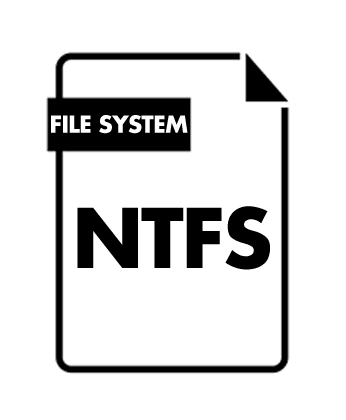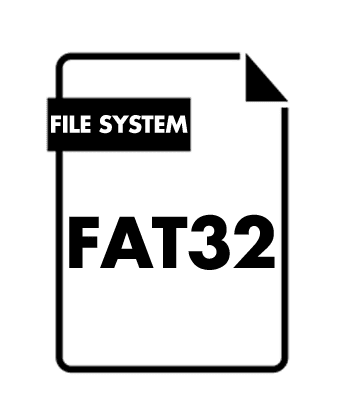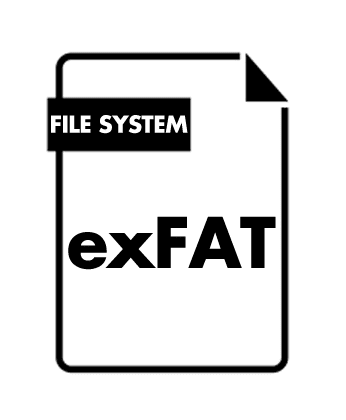exFAT vs. NTFS vs. FAT32
When we format a hard drive (internal or external), whether it is a USB drive or an SD card, we can usually choose different file systems. In Windows, we usually see three options: NTFS, FAT32, and exFAT.
Therefore, based on the device you plan to format, we will go over each of them in depth and explain which one is ideal to use in this post.
Prior to getting started, let us define a file system. Essentially, it provides a mechanism for classifying files on a storage device and the data—like permissions, file kinds, and other attributes—that can be connected to those files.
Hard drives and SSDs typically utilize NTFS, although USB drives and SD cards use FAT, FAT32, and exFAT.


Hard drives and SSDs employ the NTFS (New Technology File System) file system, which Windows uses by default.
If you are reading this using Windows, your computer uses this file system because Windows can only be installed on devices with this system. This file system is utilized by computers for a number of reasons.
Among them, we find:
- Its file size limit is 16 TB, and the volumes can reach 264 TB each. This is good for computers, where we can have dozens of large files, so it’s not something to worry about because the largest hard drives have 18 TB of storage and 60 TB of SSD.
- You can configure access permissions to a file (vital for an operating system).
- It also allows us to encrypt files.
- It also allows long file names.
- It recovers more easily from errors if the computer crashes.
- On Mac operating systems, NTFS can be read but not written. If you use both platforms, NTFS is not the best option. Sony consoles, PS3 and PS4, cannot write but read. Of course, the tech giant Microsoft’s well-known gaming console, the Xbox 360, could not read it, but Xbox One could.


This file system is one of the oldest still used today, and it is usually the default one included in the USB memory to maximize its compatibility.
Due to its age (it was first included in Windows 95 in 1995), it has extensive compatibility across all operating systems. It is compatible with Windows, Linux (including Android), Mac OS, and gadgets like TVs and game consoles.
One of its disadvantages is that files cannot be larger than 4 GB (or 8 TB partitions), which can be inconvenient for action cameras that clip films or for people who wish to share movies via USB stick. Thus, the renowned exFAT system was developed.


With a compatible version for XP, this file system is the most latest and has been around for ten years, having debuted with Windows Vista. It has taken a few years to become widely used, but as of right now, it is the greatest choice for USB memory.
The most important reason is that exFAT eliminates all limitations of the FAT32 system, so you can copy files larger than 4 GB.
The most intriguing feature of this new system, though, is that files up to 16 exabytes—or 16 million terabytes—can be stored on it.
It has advantages over the NTFS system, such as being lighter and without all of the added capabilities that NTFS offers. Furthermore, MacOS supports both writing and reading in this format, whereas NTFS solely supports reading.
With the right software, it can be utilized in Linux, and with OTG on Android, it can be used to read and write to SD cards and USB sticks. The most recent Xbox One and PlayStation 4 systems support them.
If your camera or smartphone is compatible, ExFAT is best used in SD cards and USB memory. It is best to confirm that an outdated computer is compatible with FAT32 before inserting a USB stick, though, as some devices might not be able to read this file system.
Other file systems include ext4, which is utilized by Android and Linux. This storage system’s benefit is its well-known “journaling,” which enhances data integrity by highlighting and organizing files ahead of time rather than altering them in real time.
The only file system that Mac OS employs is called the Macintosh File System, or MFS. Apple has released iOS 13.4 and macOS 10.12.4, together with the APFS (Apple File System).
To put it briefly, the NTFS system is the recommended option for USB drives, SD cards, SSD drives, and internal and external disks. If we need to copy files larger than 4 GB in modern devices, such HD movies, we should utilize exFAT. Otherwise, FAT32 is the best option for devices with compatibility issues.